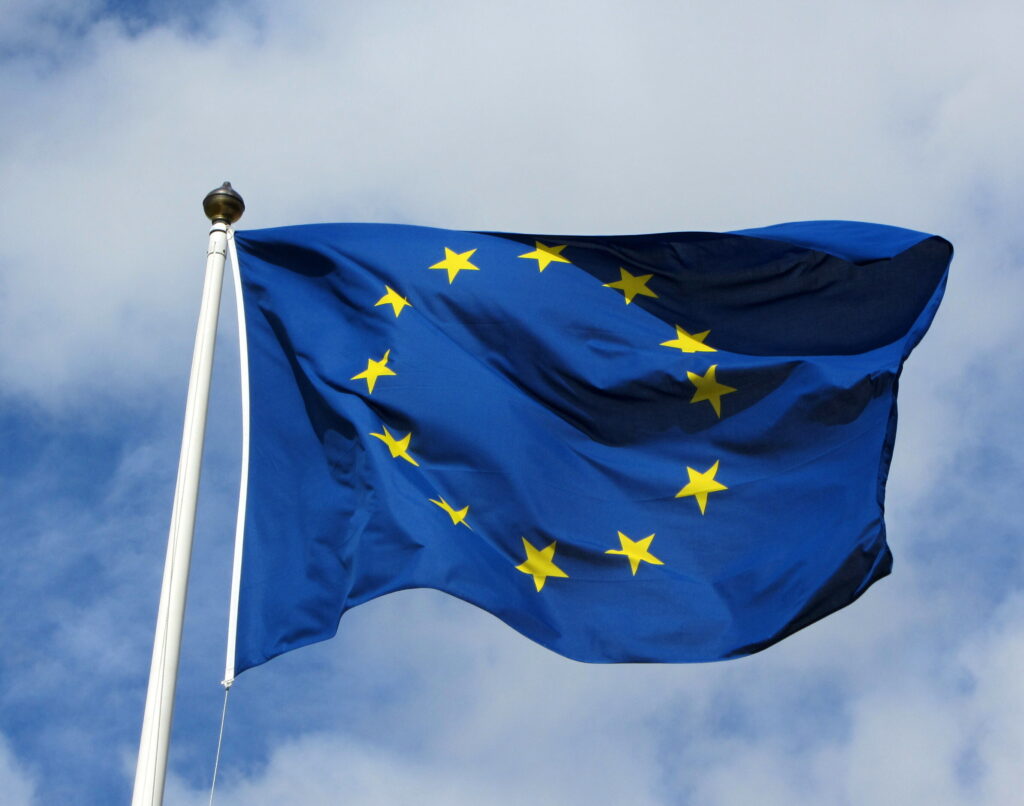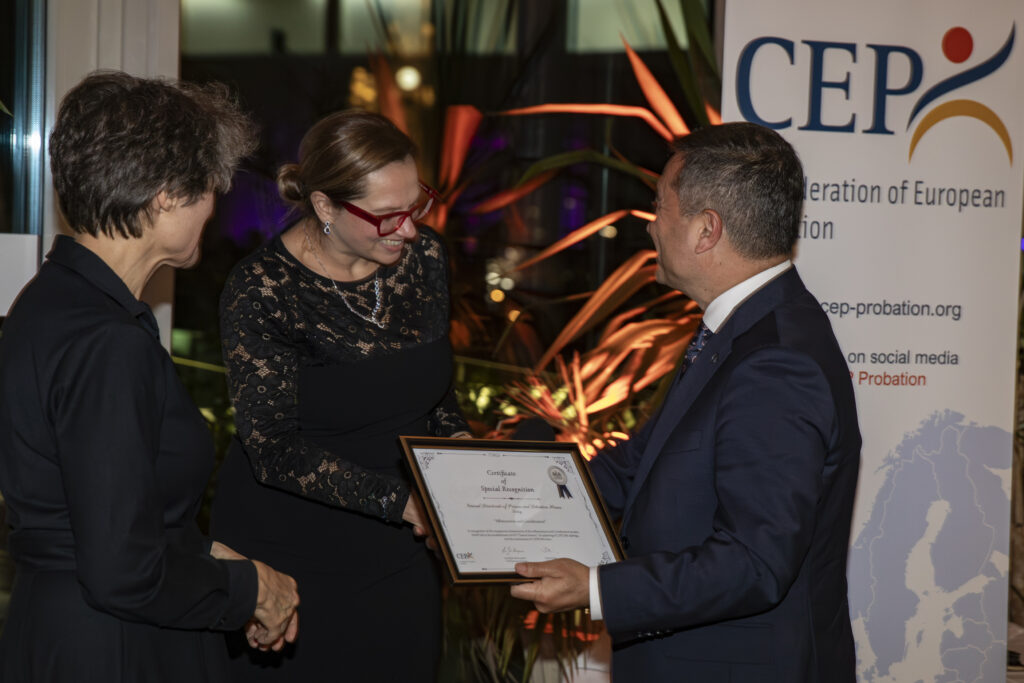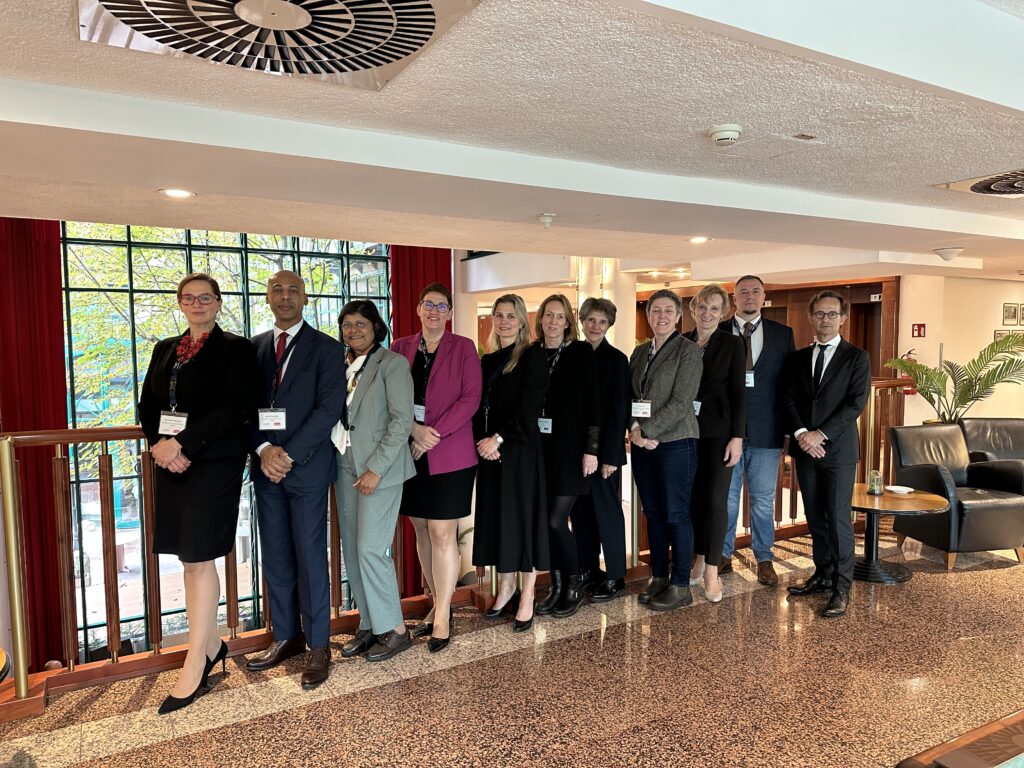Previous Article
News
Council of Europe: results of the new SPACE II survey
European states are increasingly resorting to sanctions and measures which keep offenders in the community without deprivation of liberty, according to the 2019 SPACE II annual survey, carried out for the Council of Europe by the University of Lausanne.
On 31 January 2019 there were around 2 million people in Europe subject to these alternatives to imprisonment such as electronic monitoring, community service, home arrest, treatments, semi-liberty or conditional release. From 2018 to 2019, the probation population grew by 7.9%, from 1,547,572 to 1,699,676 people in the 28 probation agencies that provided this data for both years, whilst their overall probation population rate grew from 137.8 to 139.6 probationers per 100,000 inhabitants.
The SPACE II survey was published together with a special SPACE I report on Prisoners in Europe in Pandemic Times. This report includes an evaluation of the short-term impact of the COVID-19 pandemic on European prison populations up to 15 April 2020, a period which roughly coincides with the first month of lockdown.
Twenty out of 43 prison administrations reported having released inmates to prevent the spread of COVID-19, applying various measures such as amnesties, early and provisional releases and other alternatives to deprivation of liberty. On average, these 43 administrations released 5% of their population (over 118,000 inmates).
Excluding countries with less than 500,000 inhabitants, those which released the highest proportions of prisoners were Turkey (35%; 102,944 inmates), Cyprus (16%; 121), Slovenia (16%; 230), Portugal (15%; 1,874), Norway (13%; 401), Ireland (12%; 476), Italy (9.4%; 5,739) and Spain (7.4%; 4,356). France released 14% of its prison population (10,188 inmates) but this includes all releases (for example those of inmates arriving at the end of their prison sentence) and not only those related to measures to prevent COVID-19. Including these persons would lead to over 128,000 inmates released in Europe since the beginning of the pandemic.
Read all key findings of the survey here.

Related News
Keep up to date with the latest developments, stories, and updates on probation from across Europe and beyond. Find relevant news and insights shaping the field today.
New

Others
New DG JUSTICE Newsletter on funding opportunities & funded projects is out.
03/11/2025
The latest edition of the DG JUSTICE Newsletter is now out, packed with funding opportunities and funded projects!
New

Uncategorized
Newsletter October 2025 out now
30/10/2025
CEP’s latest newsletter is out now! Articles on the CEP conference: Public Perception of Probation, Expert Network Meeting on Education and Training, CEP Calls for EM expert group, CEP awards and more.>> Read here
Recap

CEP Events, Projects
Special recognition for the Afforestation and Coordination Project
29/10/2025
During the CEP Awards Ceremony on October 15, CEP also granted a special recognition to the General Directorate of Prisons and Detention Houses of Türkiye for the Afforestation and Coordination Project.
New

CEP members
Invitation to submit a proposal to conduct an evaluation within the CEP work programme
28/10/2025
We would like to invite you to nominate a candidate (see point 1) to submit a proposal to conduct an evaluation within the CEP work programme.
New

CEP Events
CEP presents the four winners of the CEP Awards 2025
27/10/2025
During the General Assembly aand CEP Conference on Gender-Based Violence in Vienna, Austria, CEP presented the four CEP Awards to its winners With the awards, CEP would like to celebrate outstanding contributions to probation within Europe. We were glad to receive all the impressive submissions of which the following winners are chosen. Congratulations!
New

CEP Board
Meet the CEP Board
22/10/2025
The General Assembly takes place every three years. The last General Assembly was held on 15 October 2025 in Vienna, Austria.
The CEP Board has a President, two Vice-Presidents, a Treasurer and a maximum of eight ordinary Board members. The General Assembly elects the President, two Vice-Presidents and a minimum of three and a maximum of five other board members from among its members. Three members may be appointed by the Board from among the full or associated members to ensure that the specific expertise and interests are represented. The Board appoints the Treasurer, who can be a board member or an ex-officio board member of which an explanation is given in the internal regulations.
Subscribe to our bi-monthly email newsletter!
"*" indicates required fields
- Keep up to date with important probation developments and insights.

